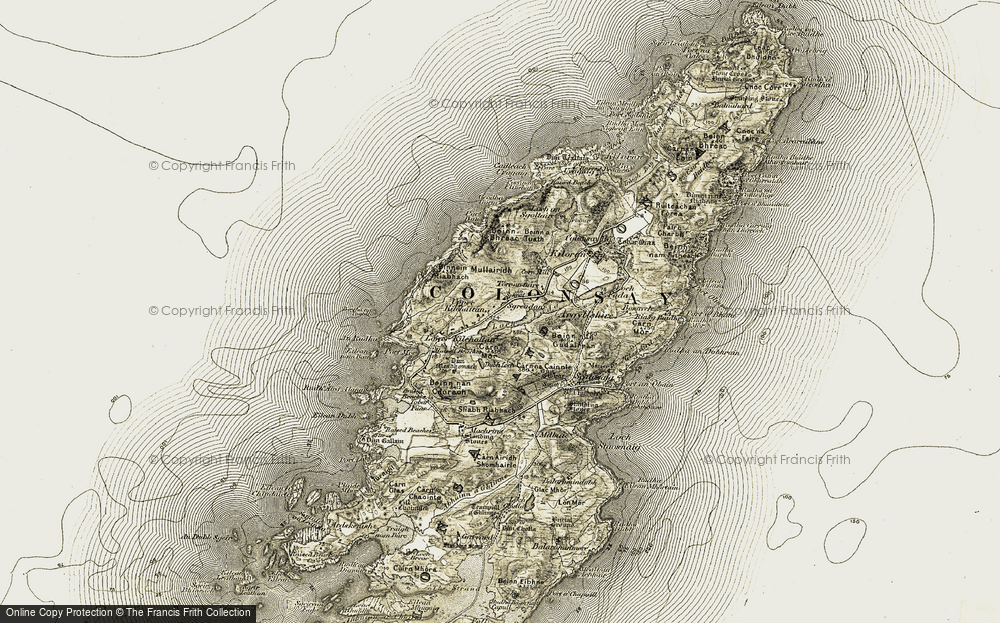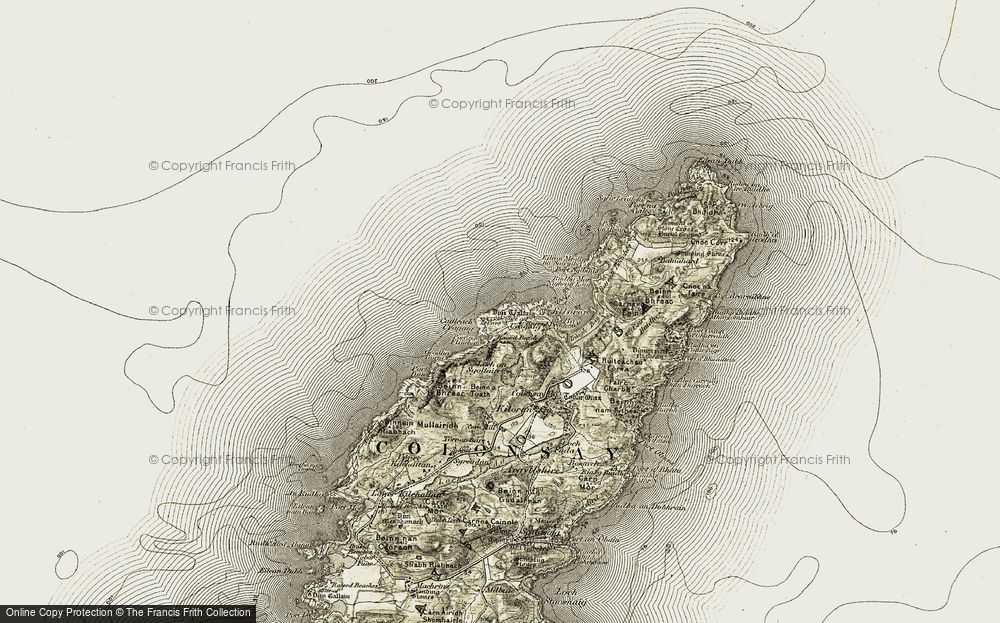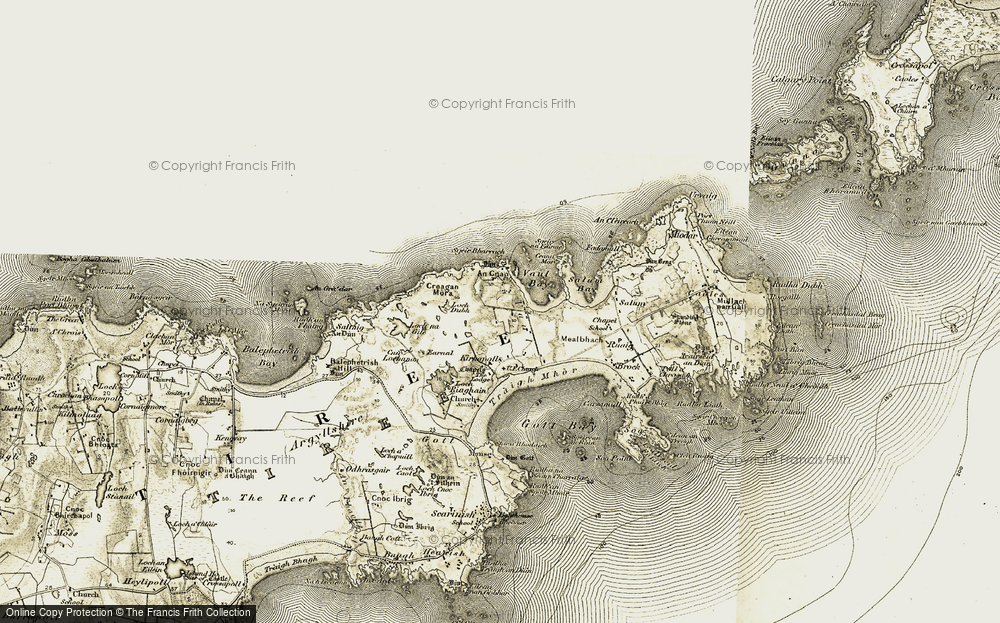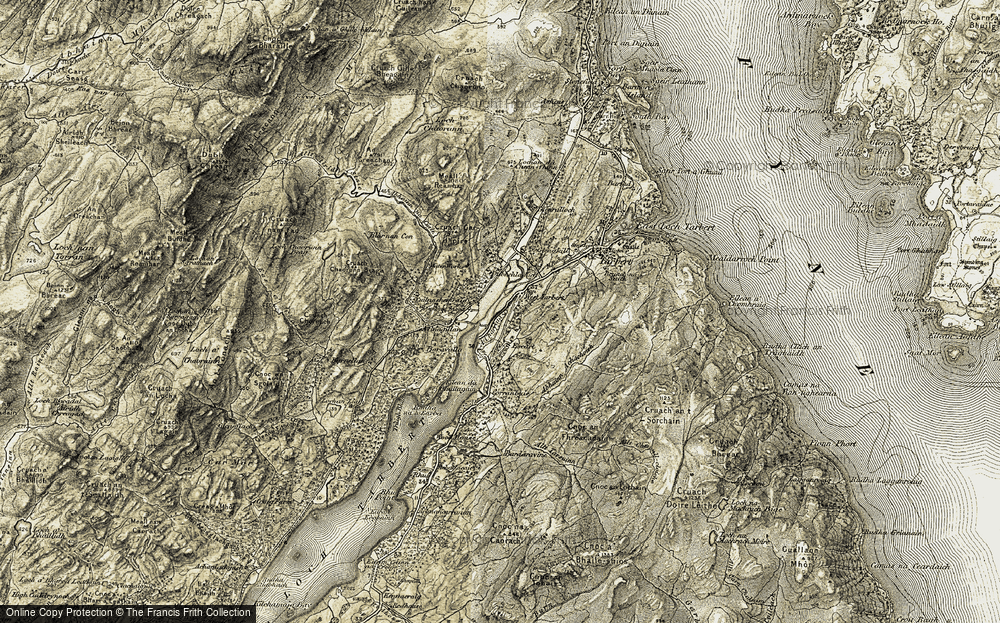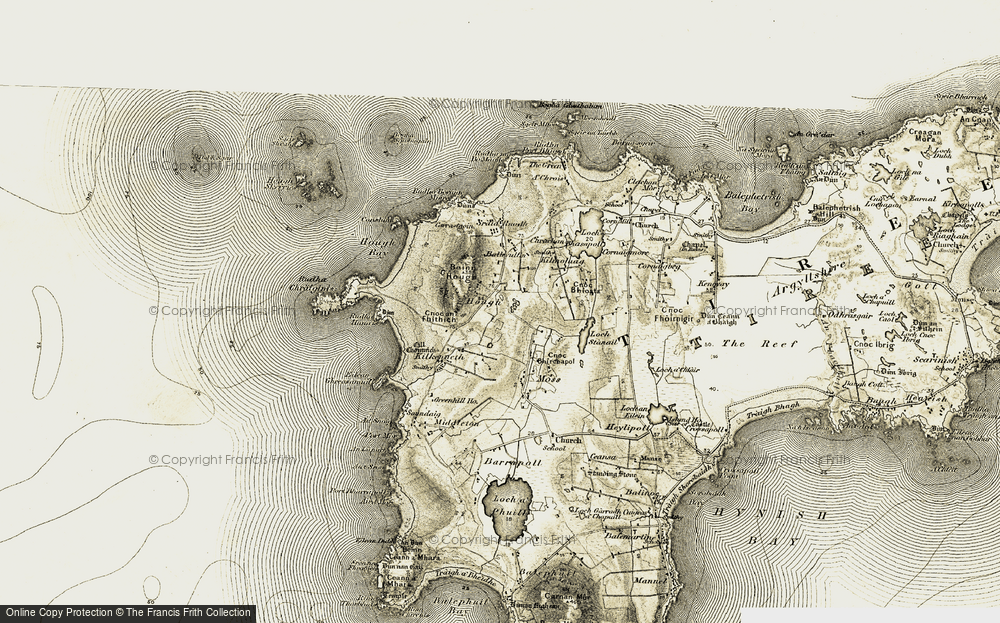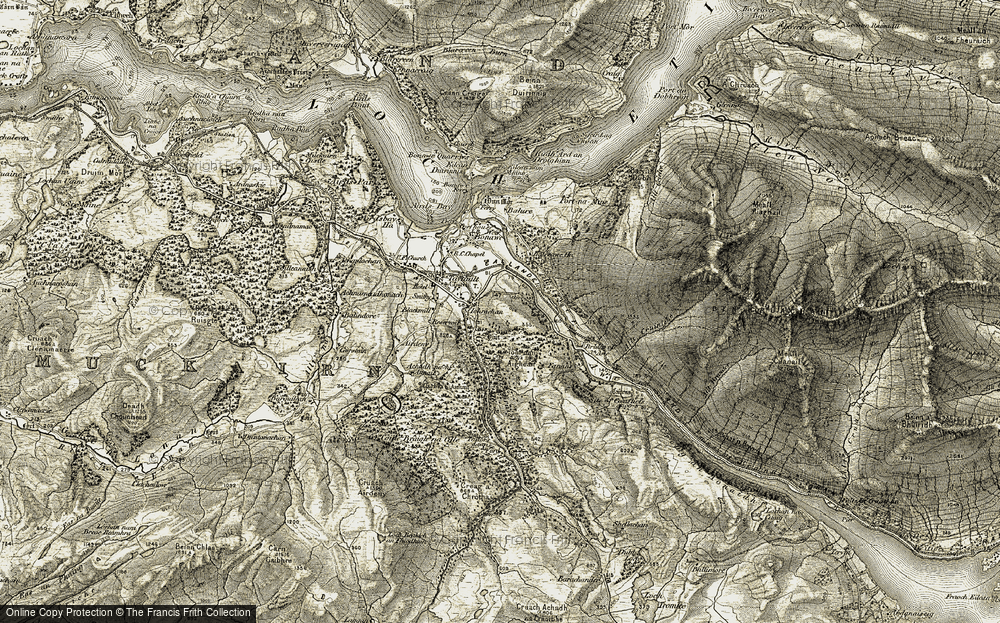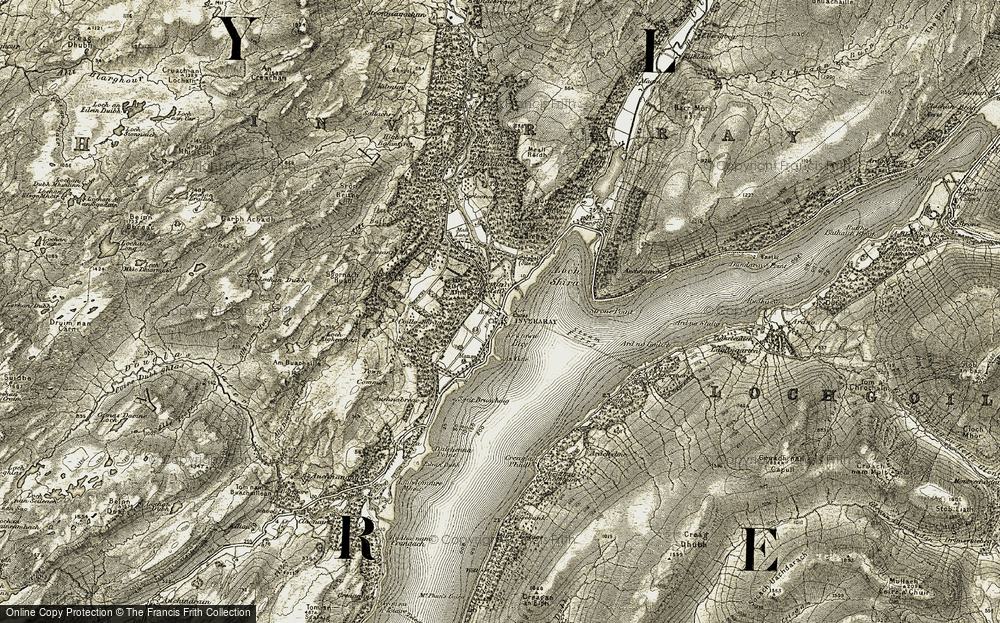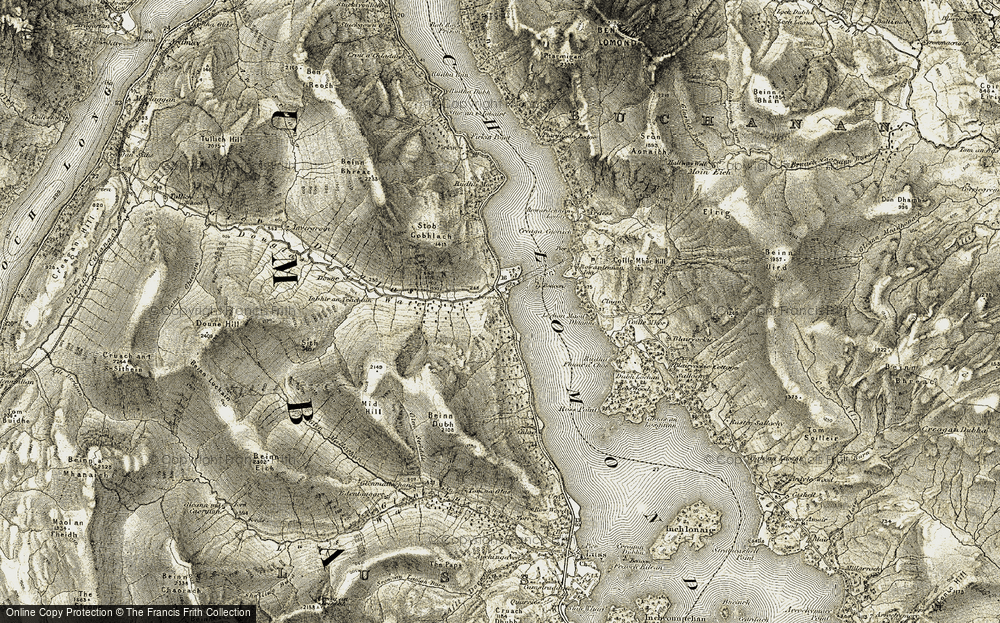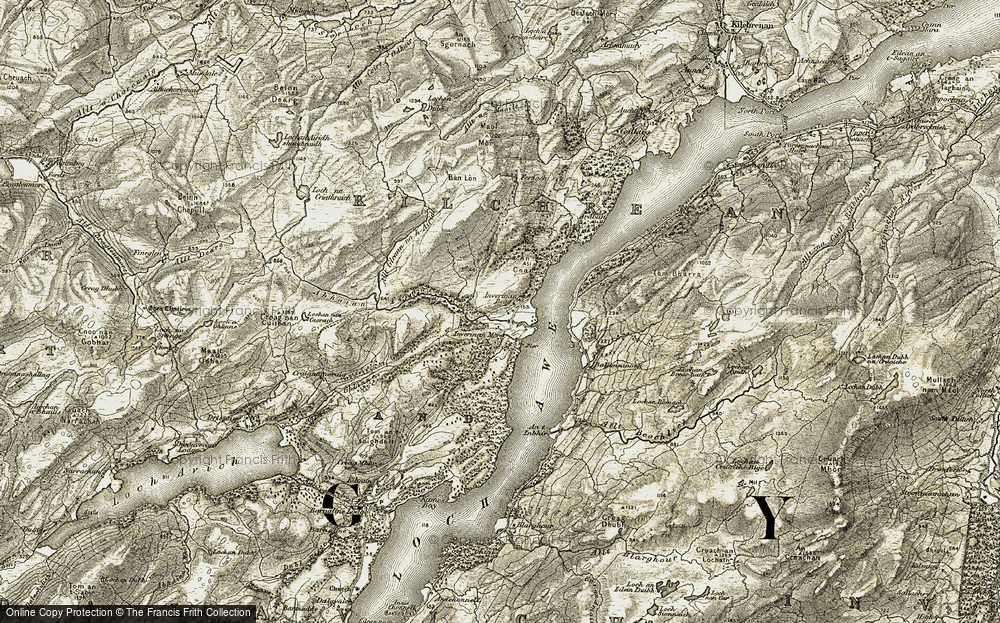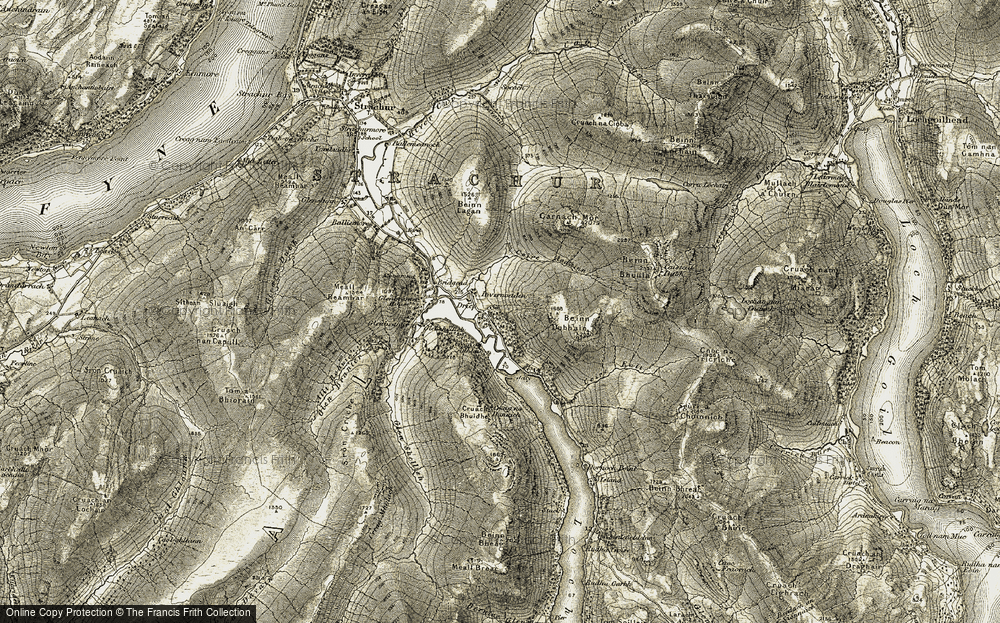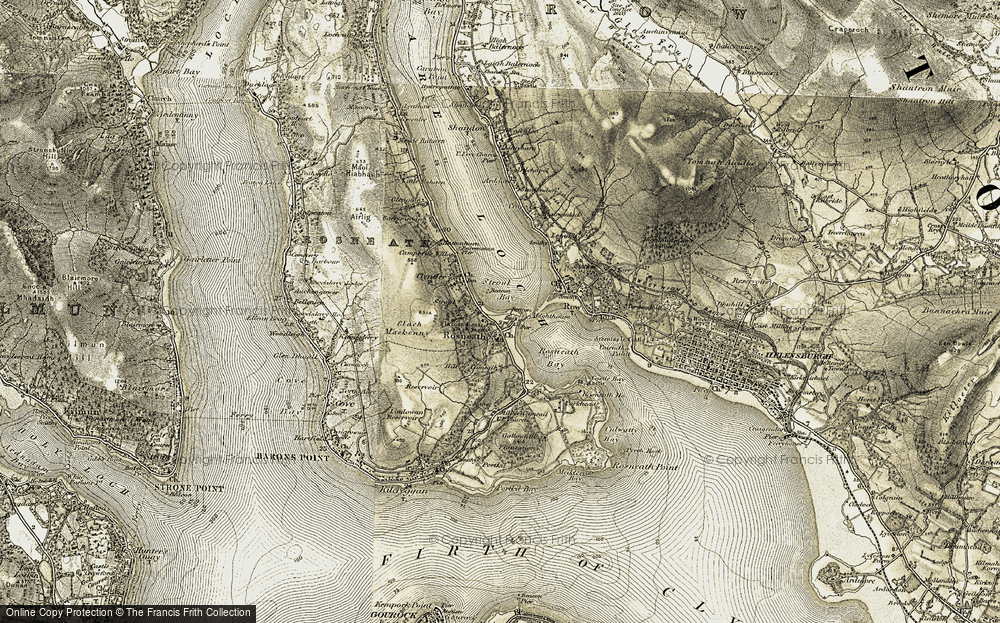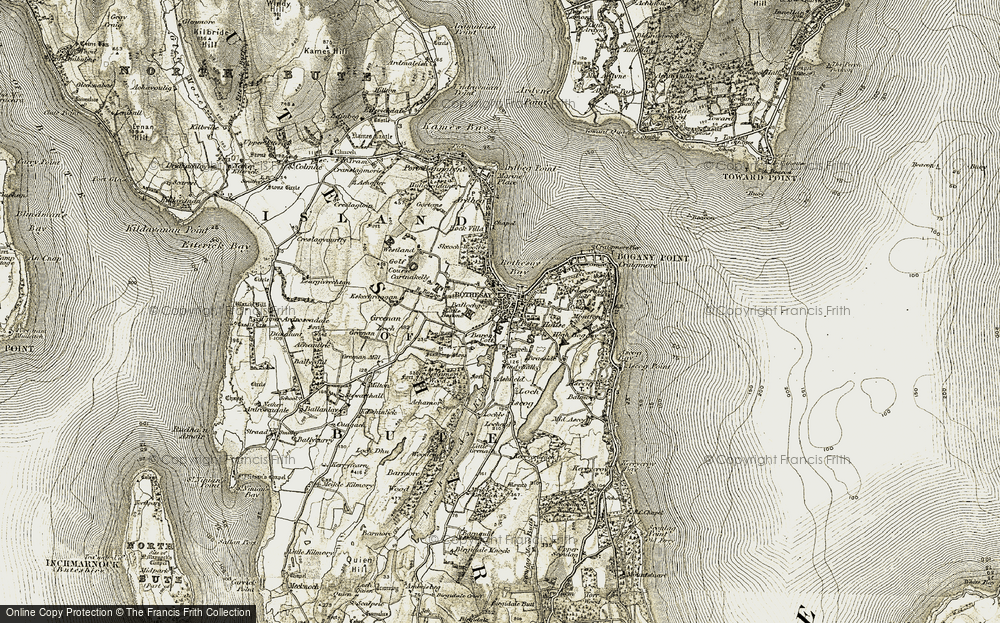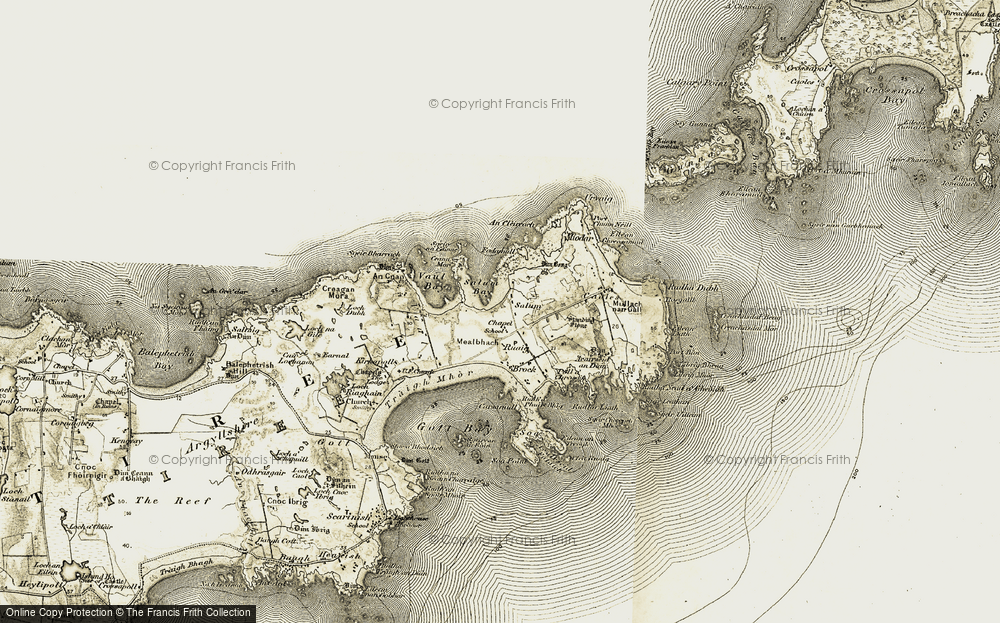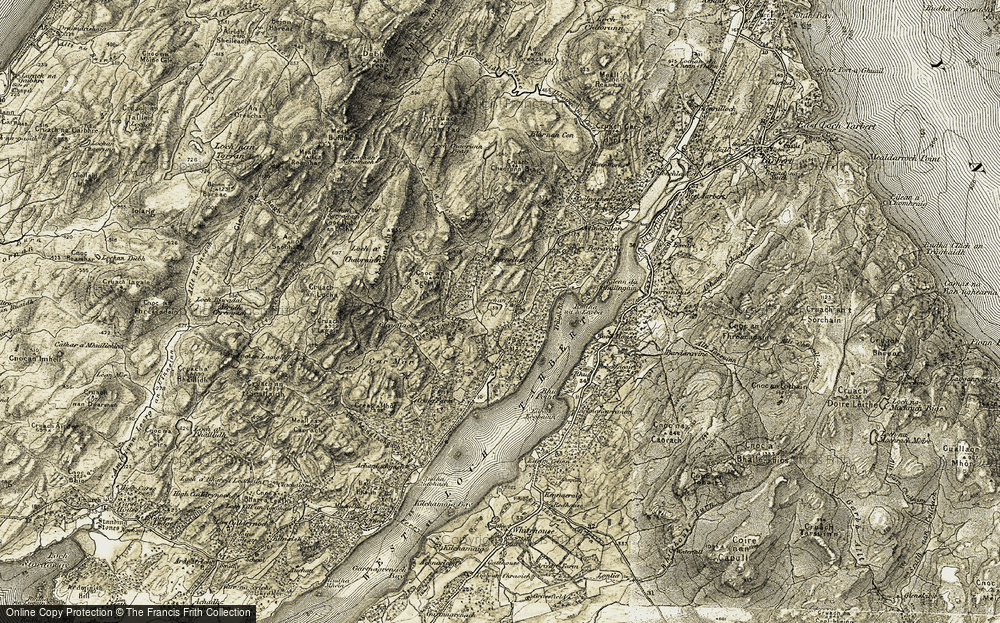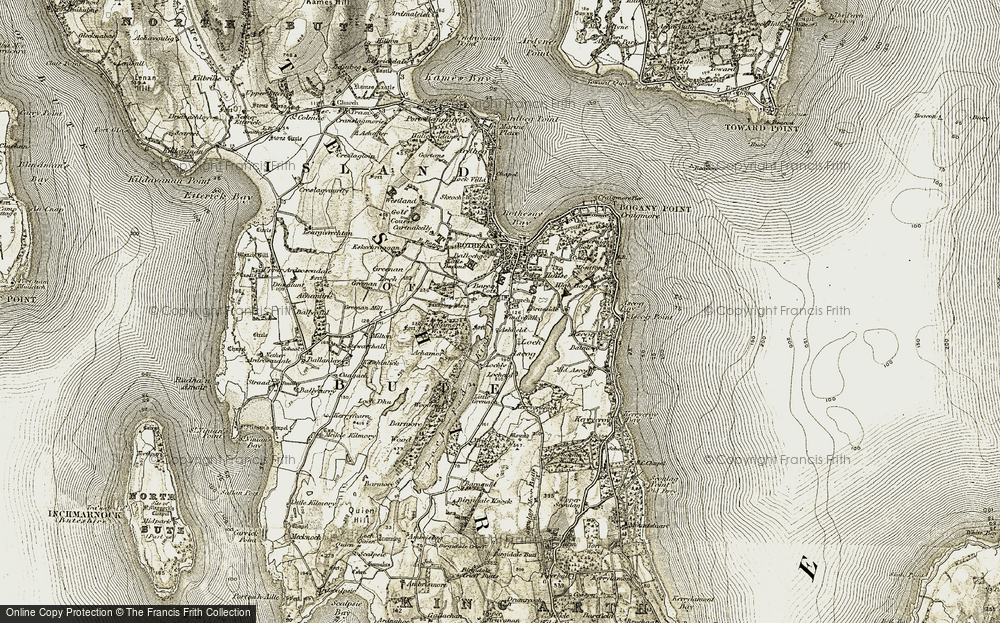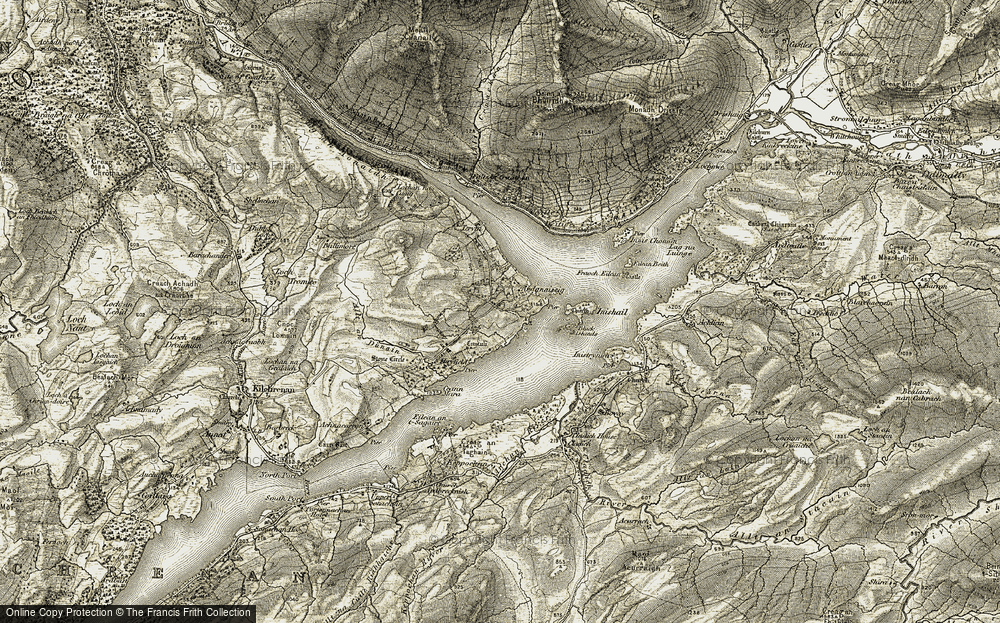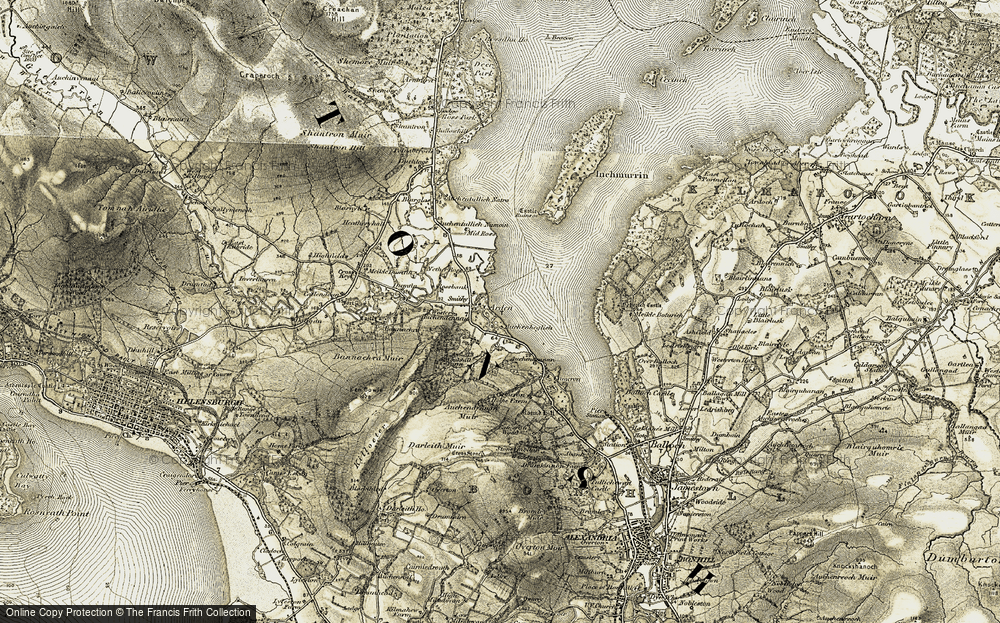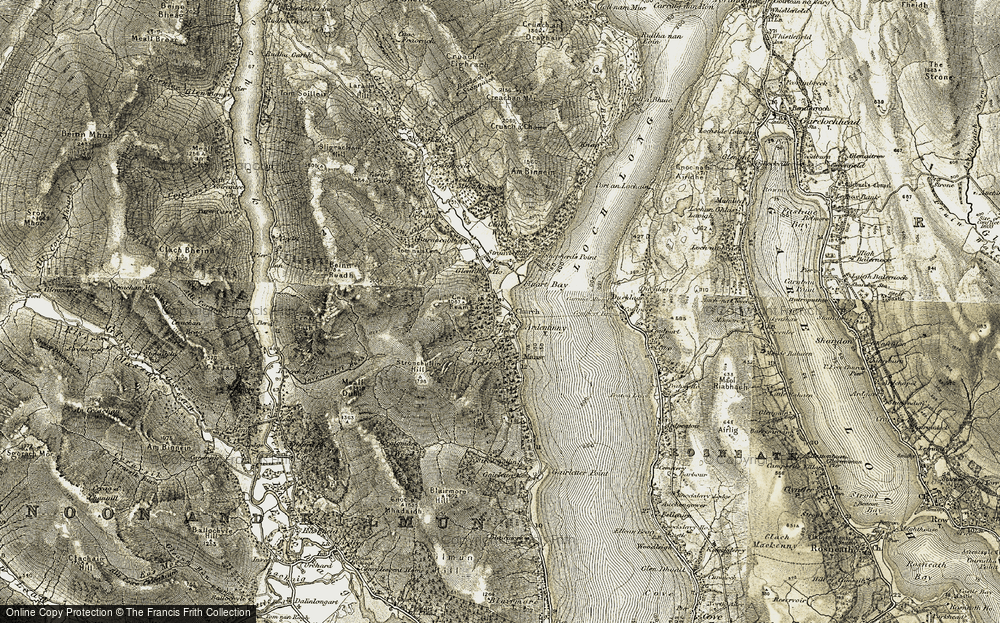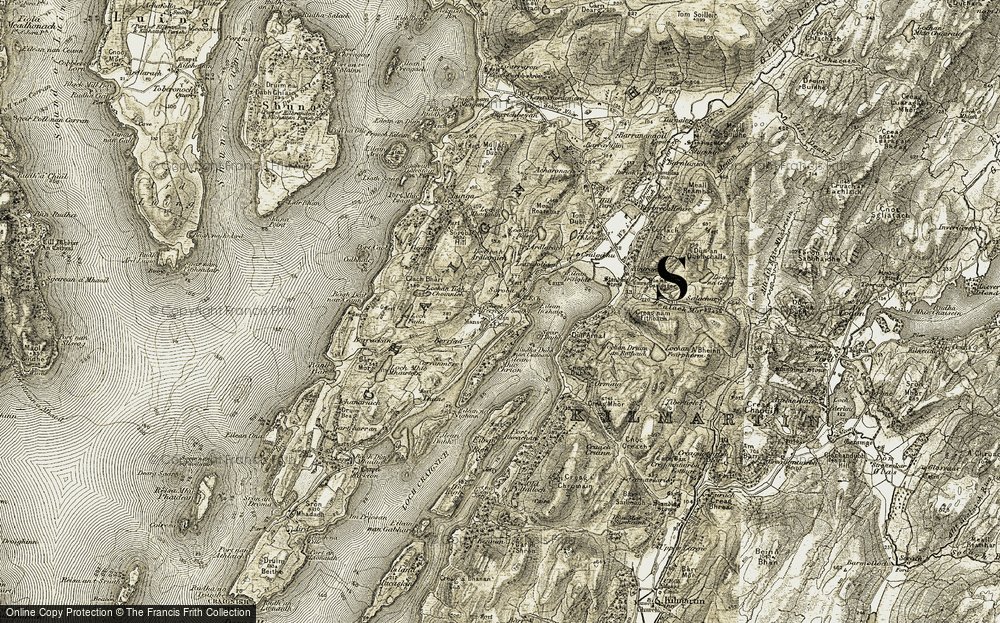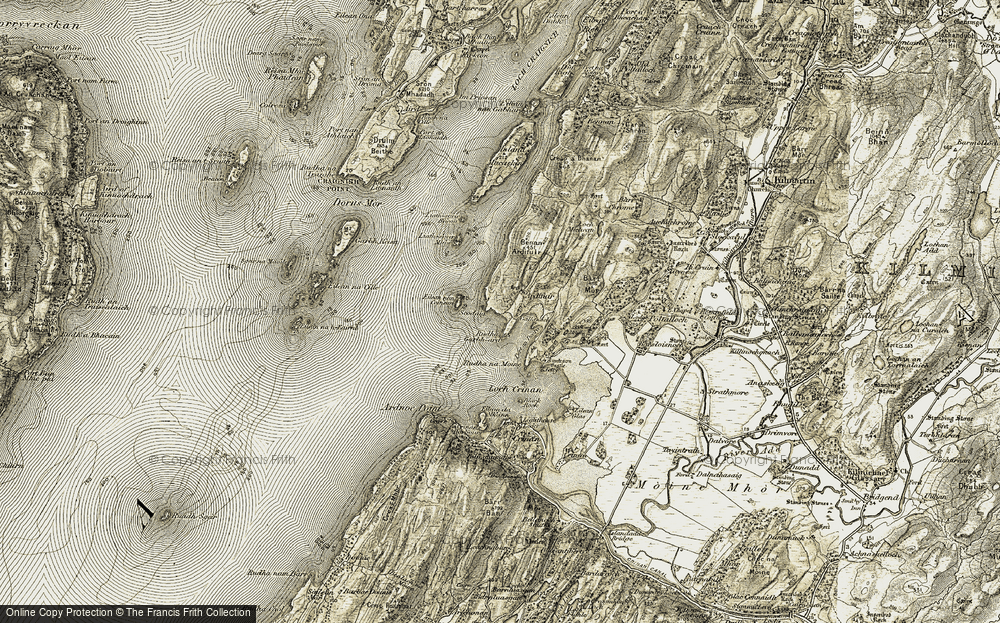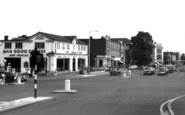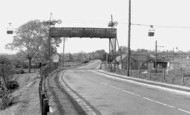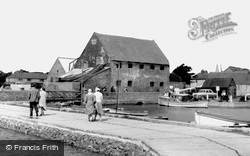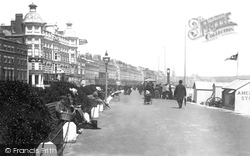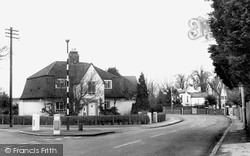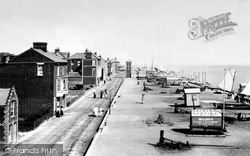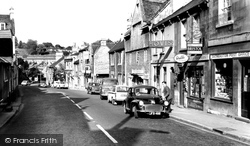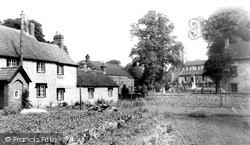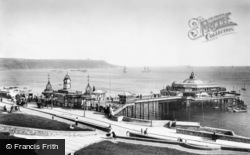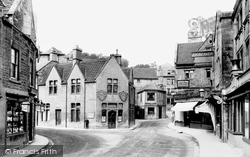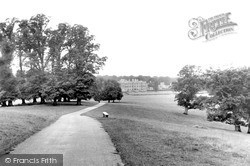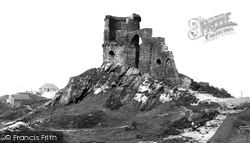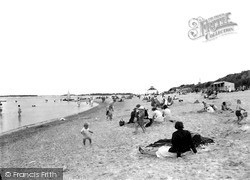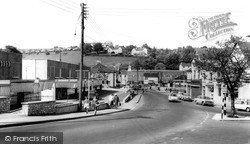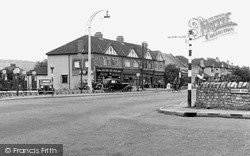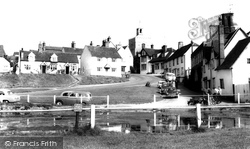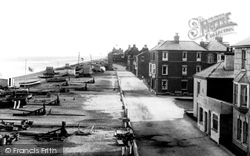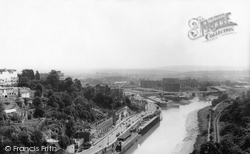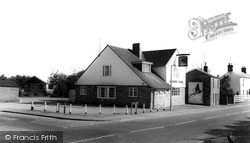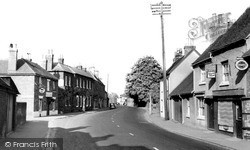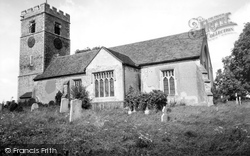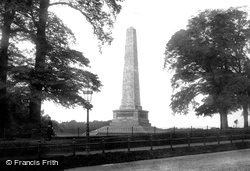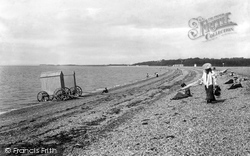Places
Sorry, no places were found that related to your search.
Photos
Sorry, no photos were found that related to your search.
Maps
1,353 maps found.
Books
3 books found. Showing results 385 to 3.
Memories
2,048 memories found. Showing results 161 to 170.
When Victor Value Came To Town
One sunny day in the late 1950's the next door neighbour came knocking at our door with some exciting news. A big new food store had opened on the Broadway, Bexleyheath,. It's a Supermarket, she said. It's Victor ...Read more
A memory of Bexleyheath by
When I Was Younge
I lived in Belsize road born there in 1946 at number 33 I had a great life growing up with all the kids in the street, The games you could play with one Tennis ball and the park and the park keeper we gave him hell poor man, we ...Read more
A memory of Harrow Weald
When Gates Corner Was A Corner
Lived in South Woodford with my parents from 1952-1972 before marrying, and worked for Gates in this very building from 1968-1977 before moving up the High Road to their new Head Office when this building ...Read more
A memory of South Woodford in 1968 by
When Dad Came Home
There was a knock at the door, and there he was, this tall man wearing a bush hat who grabbed my mom, giving her a great big smacker of a kiss. Of course I wasn't having this strange man doing this to my mom, so I promptly got ...Read more
A memory of Smethwick in 1945 by
Wheatsheaf Cottages
Lovely to see the mention of Wheatsheaf Cottages. My grandparents lived in the opposite end cottage to Mrs Scroggins. Their surname was Pond. I remember the name of Mrs Scroggin very well as I believe she helped look ...Read more
A memory of Little Burstead in 1955
What Happened To 53 Wellington Road North, Houndslow West ??
My grandmother left England on 27th September 1923 for Beria Mozambique. Her address on the ships log is given as 53 Wellington Road North, Houndslow. I have been over to have a look hoping ...Read more
A memory of Hounslow by
What A Scare
It was a cold and wet evening when I had arrived in Peterborough, and having little money on me certainly not enough to pay for some hotel. I had been thumbing lifts from various towns, but as it was teeming it down with rain, I did not ...Read more
A memory of Eye in 1971 by
What Went On
This is from about the 1950s. Along Grange Road was a huge piggery and it was owned by the Liddle family, by, did it pong. Further along you came to the railway crossing with the sign STOP, LOOK, LISTEN in red, this was where the ...Read more
A memory of Newburn in 1952 by
What We Ate
Eeh! Remember potted meat? You could eat it as it was or put it on bread for a sandwich, where is it now? Then there was dripping which was quite solid and spread like margarine on your bread for sandwiches. I worked in Leeds on the ...Read more
A memory of Newburn in 1950 by
What A Sight Fore Sore Eyes
I was a farm hand at Whitley Bridge and was for that day a tractor driver. My job was to pull a trailer down a row of rhubarb roots which had been pulled out onto the surface. Mr Huddleston employed girls on his market ...Read more
A memory of Bubwith in 1966 by
Captions
1,059 captions found. Showing results 385 to 408.
The old tide mill overlooking the quay at Emsworth, once Chichester Harbour's main port and an important centre for the oyster trade.
Weymouth owes its origins as a favourite resort to the patronage of George III and of the rest of fashionable Georgian society, who travelled to the town to take up the new 'cure' of sea bathing.
Dominating its rather mundane surroundings, Holy Rood Church, built between 1883-90, was the inspiration of J F Bentley, later to be the architect of London's Westminster Cathedral, and its brickwork
As with so many towns to the west of London, Cranford lies on the old stagecoach route to the fashionable city of Bath.
We are looking in the opposite direction from 72955 (pages 52-53) along the Esplanade, with the tower of the town church of Holy Trinity to the left of the clock tower.
We are looking north at the North Lookout.
The main road from London follows the Fosse Way here into Bath. Trams, originally horse-drawn, once ran along the same route.
More accurately, this is the rear of Church Street; modern detached houses have been developed in the allotment-style gardens.
Plymouth never quite achieved the status of being a major seaside resort, though tourists have always bathed from its beaches and promenaded across the famous Hoe.
Most of the town's finest buildings are Georgian - the woollen mills and the merchants' houses. Bath stone was used for many of the buildings.
It sits comfortably in 900 acres of landscaped grounds, which were designed by Capability Brown.
Mow Cop could be said to be the birthplace of the Primitive Methodist movement, for it was here in 1807 that Hugh Bourne (1772-1852) and William Clowes (1780-1851) held their first meetings.
Now a National Trust property and open as a museum, this stone, brick and timber building is said to be the smallest town hall in Britain.
Although Wells is a natural seaside resort with a soft sandy beach and shallow sea for bathing, the lookout and lifeboat station in the background mark the possibility of dangers, particularly for those
In the 19th century this area was the centre of a busy coal mining industry.
Saltford's original village lies on a hillside tunnelled underneath by the Great Western Railway.
This must be the best-known view in Essex. Where would manufacturers of calendars be without it?
This view looks south from one of the two lookout towers on the beach.
Clifton became a fashionable spa in the 18th century, and for a time even rivalled Bath.
This public house has changed very little - the white boarding is now black, and the poster for Greene King Harvest Brown Ale has gone.
The village lay on the A4 Bath road, but it is now a by- passed backwater with the roar of the M4 within quarter of a mile. Traffic levels are almost back to those of the 1950s.
St Andrews Church is thought to be the oldest church in Harlow. King Harold was the founder of Waltham Abbey.
This 204ft (63m) high obelisk on the south side of the main road was designed by Robert Smirke and believed to be the highest in the world at the time.
Just a handful of people and two bathing machines can be seen in this late-Victorian photograph of Stokes Bay.
Places (0)
Photos (0)
Memories (2048)
Books (3)
Maps (1353)


